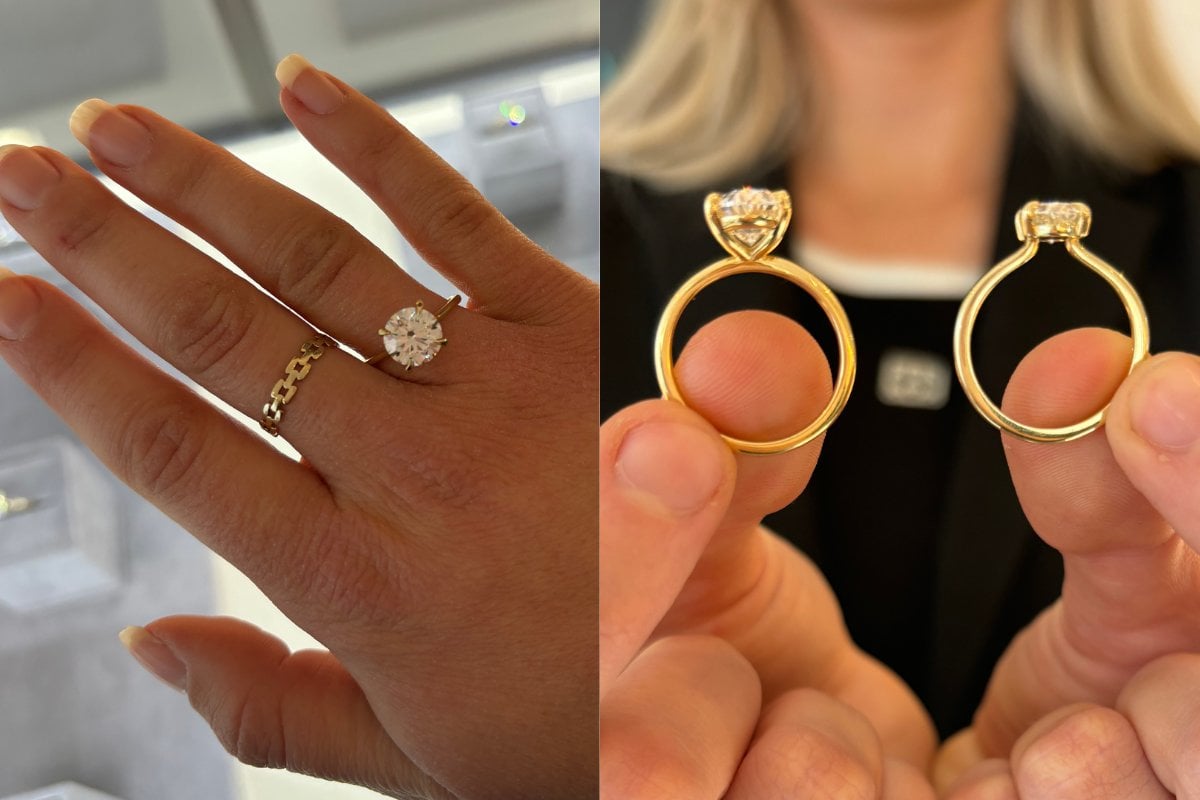
An engagement ring is one of the biggest purchases a couple will make throughout their relationship... you know aside from a house, a car and the actual wedding.
There's also a lot of pressure to "get it right", but most people know exactly zero things about engagement rings until they actually get engaged.
While I'm not engaged myself, like most women I'm obsessed with sparkly things. So, I decided to do an engagement ring consultation with Issy Adams, Sydney showroom manager at The Moissanite Company.
I went in there armed with the questions a clear-minded, jewellery-obsessed woman would ask, rather than the rosy-hued glasses most of us don during our fiancé era.
And let me tell you, you need this.
There are so many elements to engagement rings you would never think of until you're in the room, and without the sage guidance I was given, it'd easy to be led astray by flashy Instagram videos and celebrity rocks.
Without further ado, here are the hacks and tips I learned.
1. Go in for a consultation before you're proposed to.
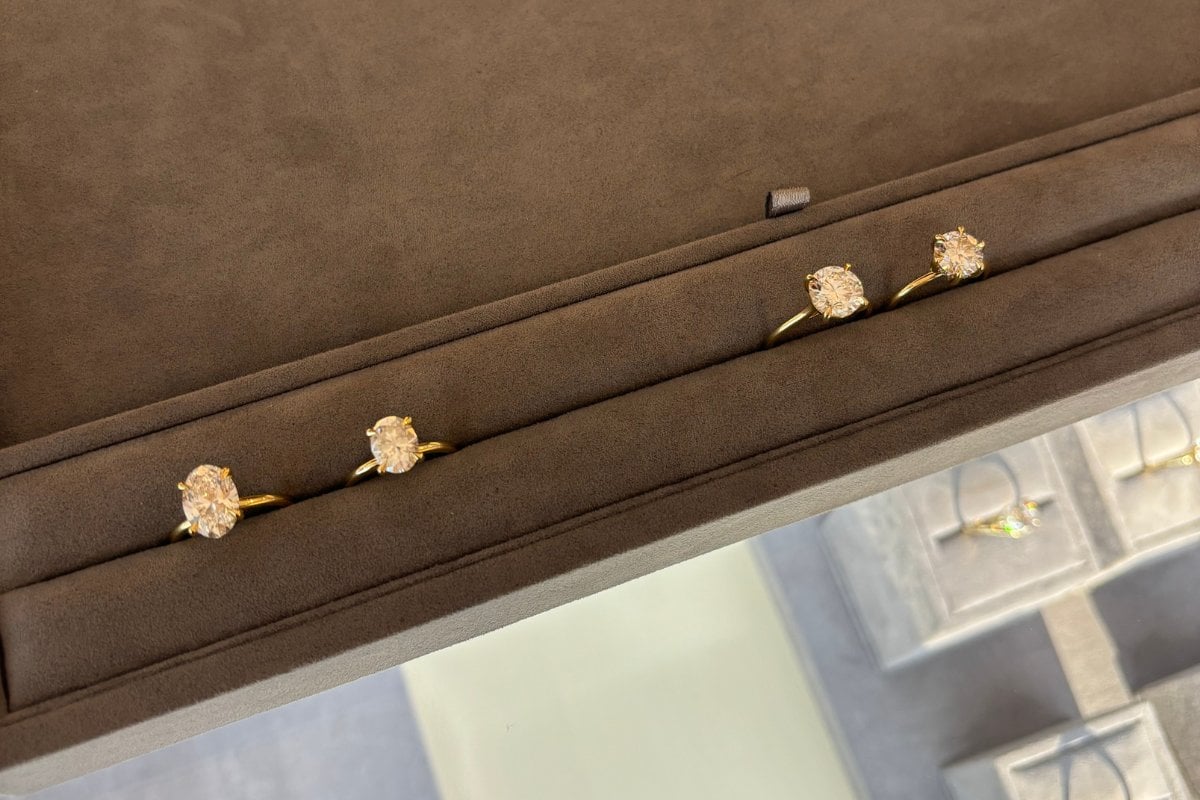 Some of the moissanite and lab-grown diamonds next to each other. Bet you can't tell the difference... Image: Mamamia
Some of the moissanite and lab-grown diamonds next to each other. Bet you can't tell the difference... Image: Mamamia
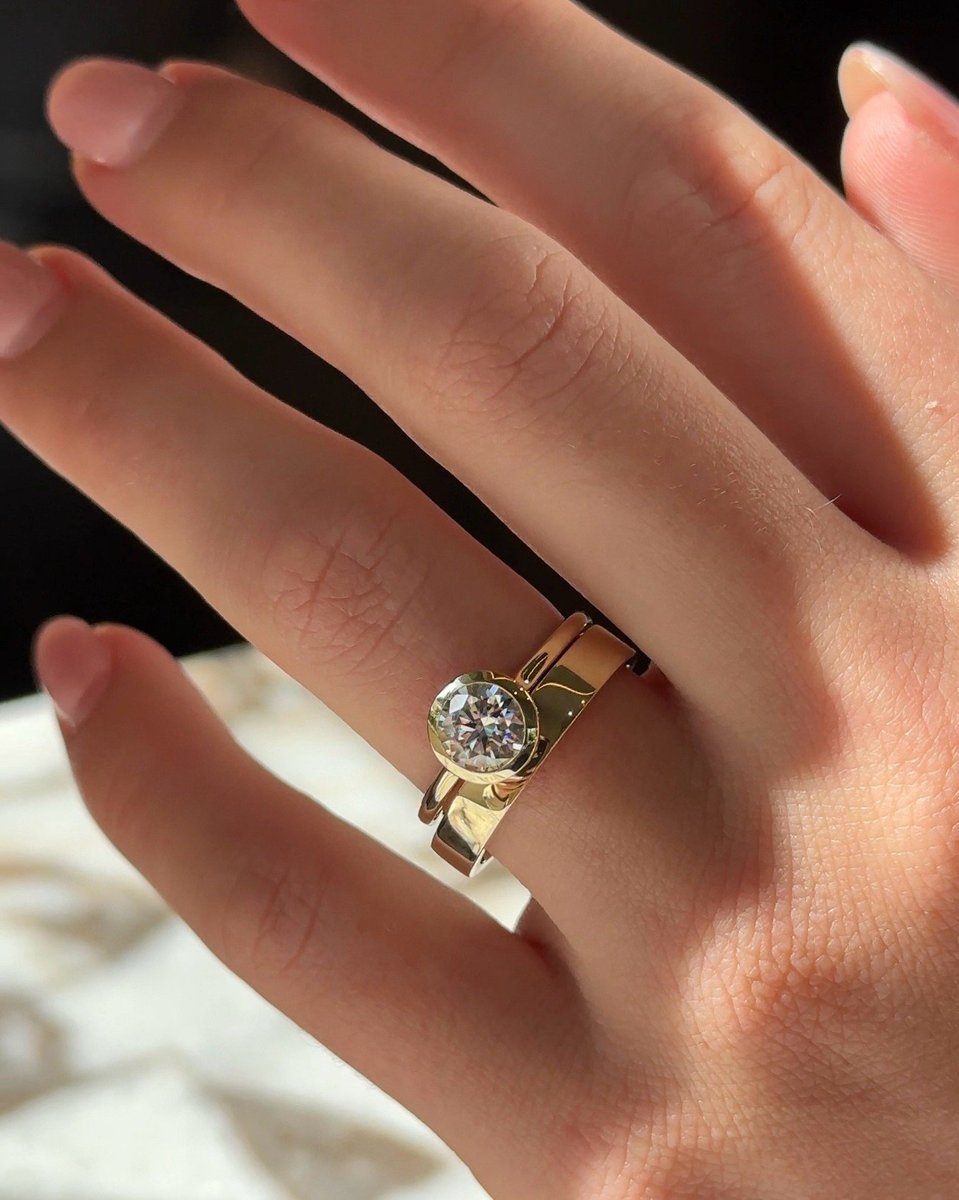
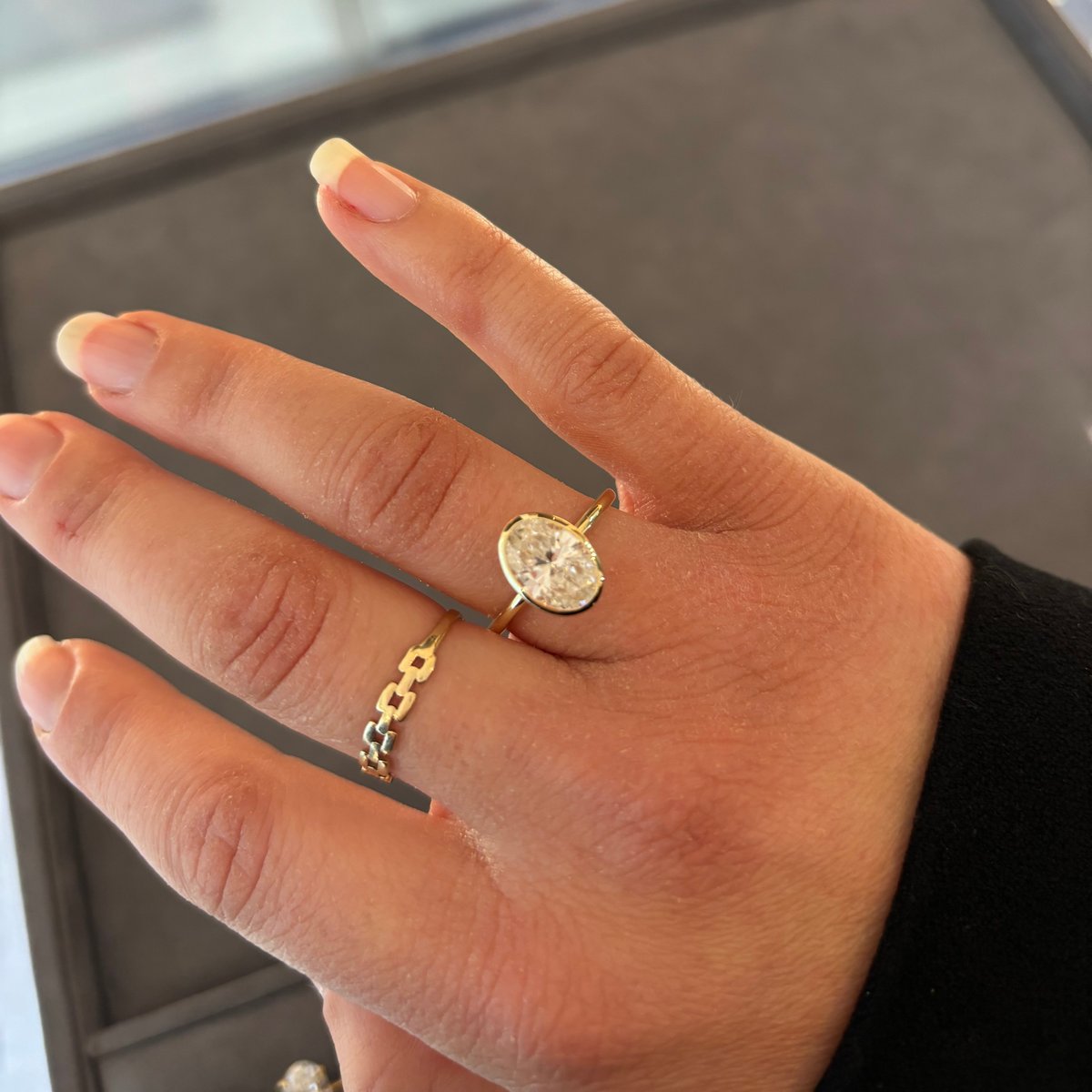
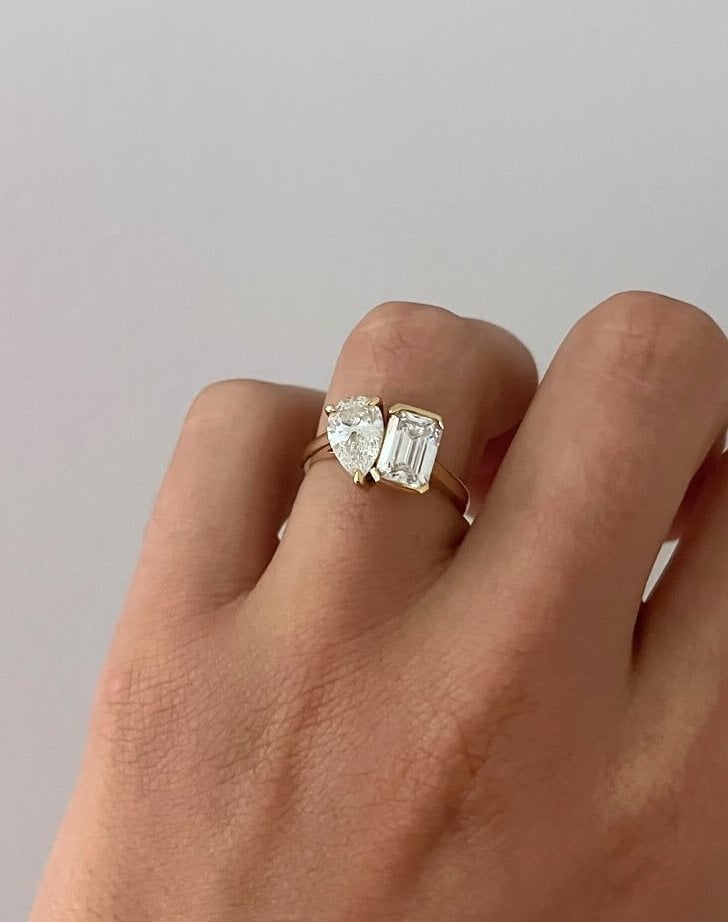
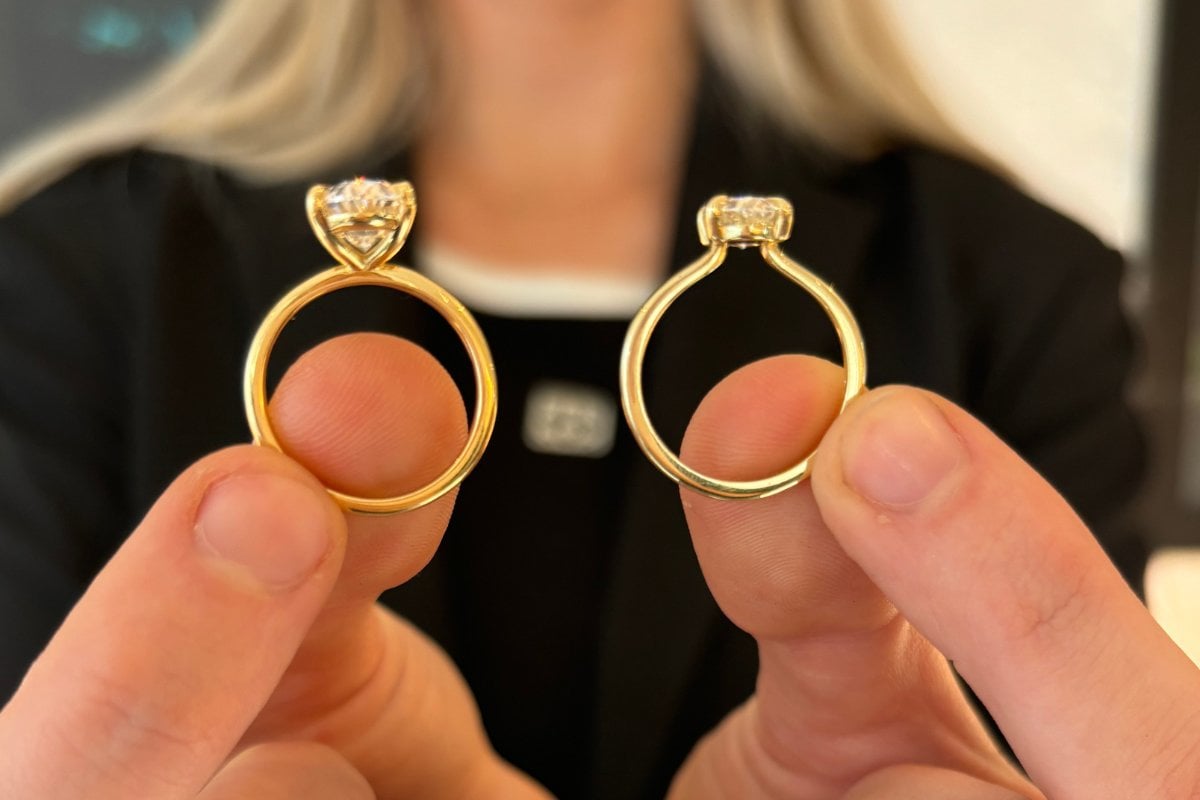
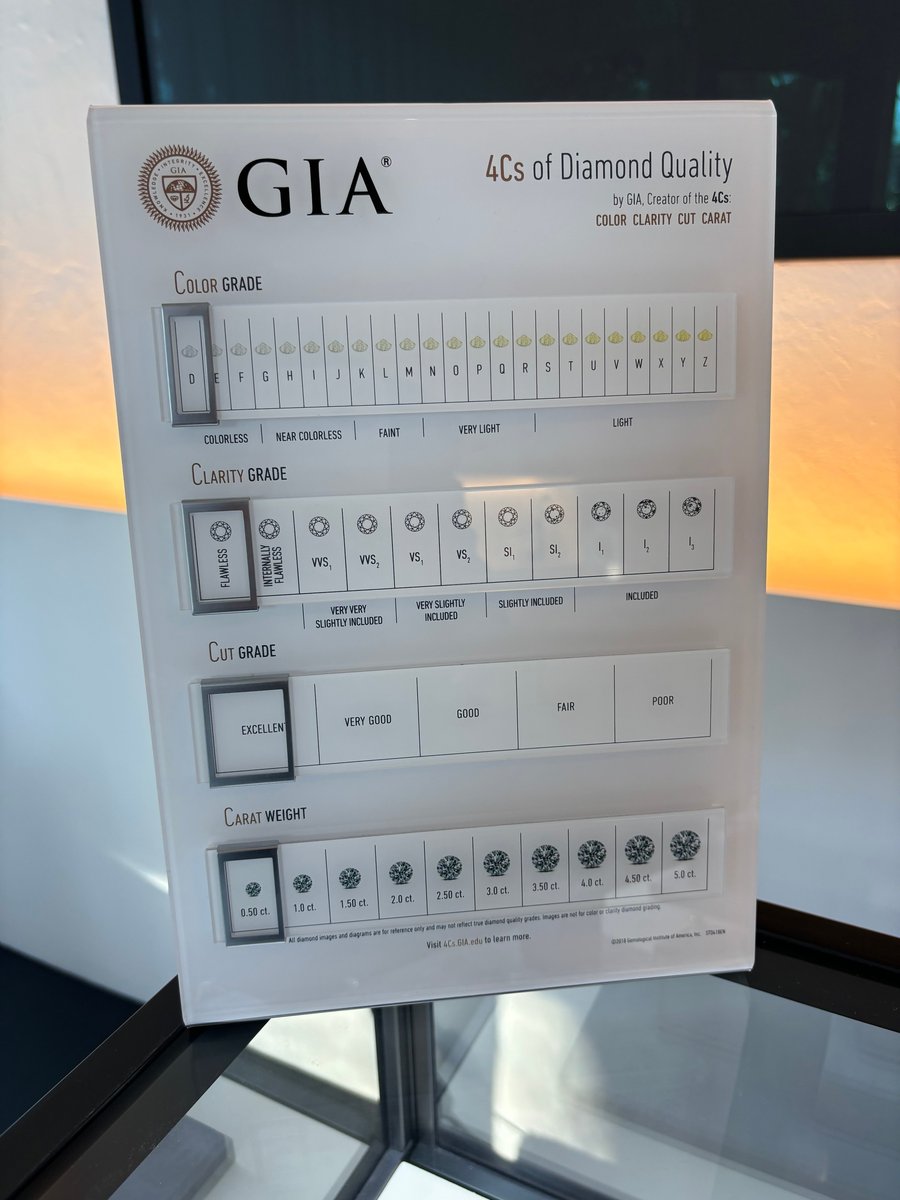
Top Comments